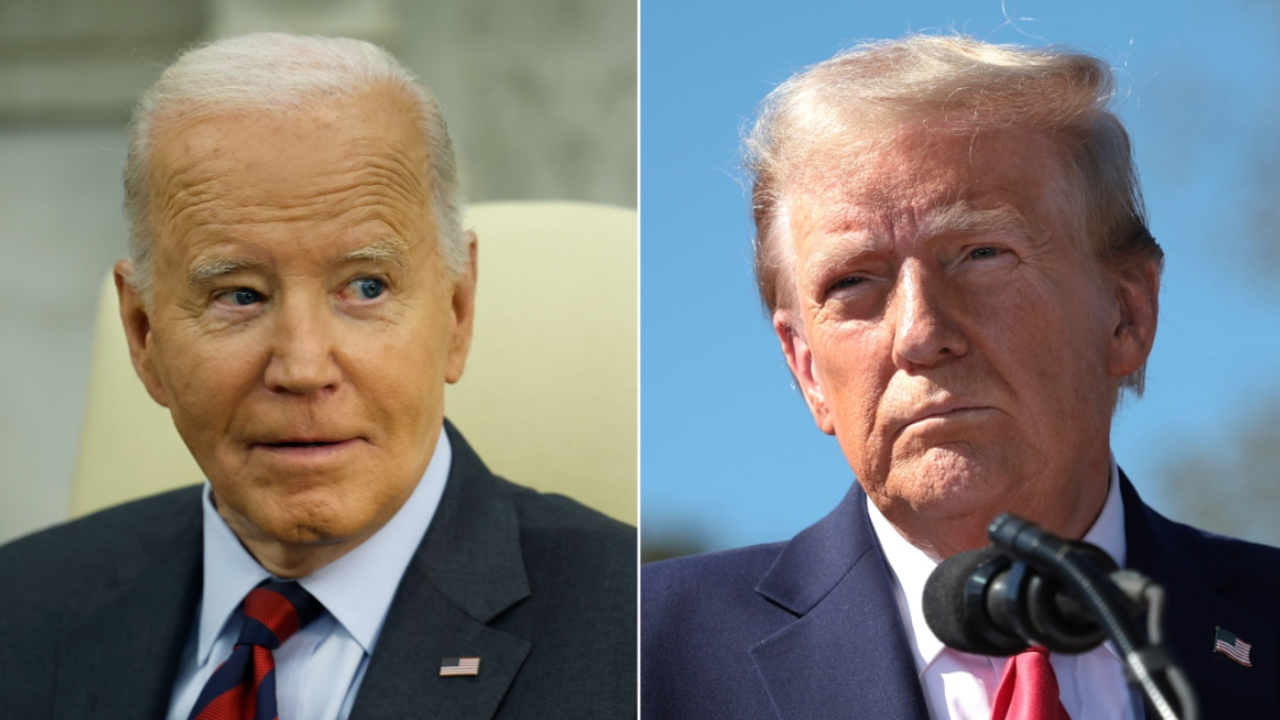Politics
Are more airplanes crashing now in Trump’s presidency than under Biden?

Comparing Plane Crash Statistics Under Biden and Trump: A Closer Look
Introduction to the Statistics
The first month of President Joe Biden’s administration saw a notable increase in fatal plane crashes compared to the same period in President Donald Trump’s second term. According to data from the National Transportation Safety Board (NTSB), there were 10 fatal crashes between January 20 and February 18, 2021, resulting in 18 deaths. In contrast, during the same timeframe in 2017, under Trump’s administration, there were four fatal crashes, with a total of 96 fatalities. This disparity has sparked discussions about aviation safety and the potential factors contributing to these incidents.
Historical Context and Trends
Examining the historical data provides a broader perspective. The period under Biden’s initial term experienced 10 fatal crashes, whereas Trump’s second term saw four, and his first term had 11 fatal crashes. These numbers highlight the variability in aviation safety trends over different administrations. The deadliest crash in recent U.S. history occurred in 2001, claiming 265 lives, underscoring the unpredictability of such events despite advancements in safety measures.
Specific Incidents and Locations
The crashes under Biden’s administration occurred across various locations, including Janesville, Wisconsin; St. Thomas; and Tehachapi, California, among others. Each incident had unique circumstances, contributing to the overall fatality count. In contrast, Trump’s term saw crashes in Nome, Alaska; Philadelphia; and others, leading to higher fatalities in 2017. These cases emphasise the complexity of aviation safety, influenced by numerous factors including location-specific challenges.
Non-Fatal Incidents and Injuries
Beyond fatal crashes, there were seven serious non-fatal incidents under Biden and six under Trump, along with minor injuries reported in both periods. These incidents, though not fatal, contribute to the overall safety assessment and highlight the need for continued vigilance in aviation safety measures.
Political Reactions and Accountability
The Toronto crash, involving a Delta flight, though not fatal, drew political attention. Critics, including Senate Minority Leader Chuck Schumer, linked the incident to Trump’s policies, specifically layoffs at the FAA. This blame game underscores the political lens through which safety issues are often viewed, with each side seeking to deflect responsibility.
FAA’s Response and Assurances
The FAA has responded to criticism by asserting its commitment to safety, emphasizing the retention of critical personnel and ongoing hires in safety-related roles. Transportation Secretary Sean Duffy defended the administration’s actions, clarifying the nature of the layoffs and the focus on addressing long-standing issues like air traffic control modernization.
This structured summary provides a clear, humanized overview of the aviation safety landscape during the initial periods of the Biden and Trump administrations, highlighting key statistics, incidents, and political dynamics.


















